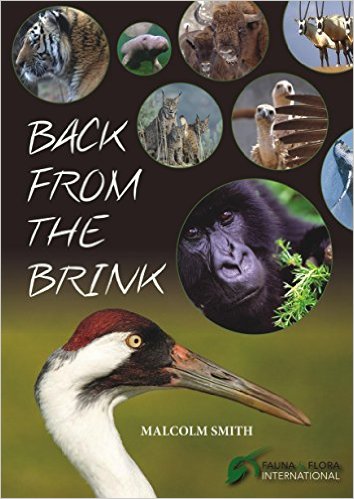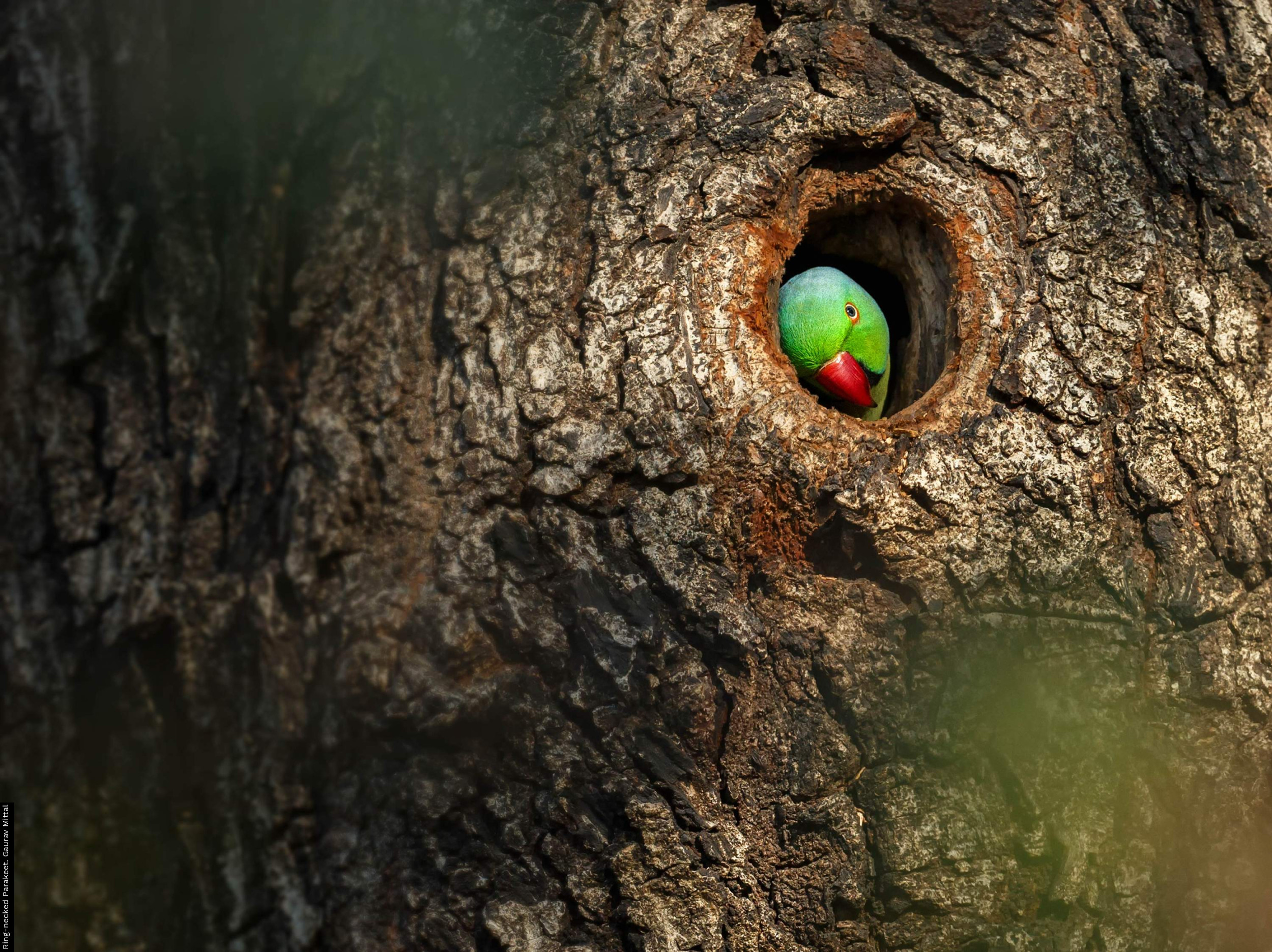
Publisher: Whittles Publishing, Dunbeath
Publication Year: 2015
Binding: Softback
Page Count: 230
ISBN Number: 978-184995-147-0
Price: £ 18.99
Back from the Brink: Saving some of the World’s rarest animals
As Mark Rose, CEO of Flora & Fauna International, notes in his foreword to this book “conservation can be a depressing business”, marked by a seemingly unending series of stories concerned with loss of both habitats and species. This book challenges the dangerous sense of pessimism linked to conservation by underlining that “the direction of travel is not entirely one-way”. Malcolm Smith sets out on his quest to do this by presenting 15 case studies - almost all of which are focussed on a single species - for species that had either become extinct in the wild or close to becoming so but which are now on the road to recovery. Some readers may challenge the inclusion of species like Houbara Bustard and Large Blue butterfly within this definition, but nevertheless, these are stories of conservation success and a welcome boost in the conservation arm.
The species covered, each receiving a short chapter and accompanying map, include familiar names, like Arabian Oryx, Black Rhino, Siberian Tiger, Mountain Gorilla and Mauritius Kestrel, but alongside these are others that are perhaps unexpected, like Wild Turkey, Zino’s Petrel and European Bison. It would, for example, be easy to assume that Wild Turkey is and has always been a common North American species but this is not the case. The colonisation of North America saw the estimated 10 million Wild Turkey population reduced to just 30,000 birds by the 1930s. The species had been lost from 18 states and populations elsewhere were often restricted to the most inaccessible locations. Early conservation efforts brought little success and it was not until the 1950s that things began to improve. Today, there are some seven million Wild Turkeys in the US and across southern Canada.
Two of the chapters deal with multiple species, though that on Houbara (Bustard) depends on your view on the taxonomy of the genus Chlamydotis and the species status of African Houbara and Asian (MacQueen’s) Houbara. The other multi-species chapter concerns the three Gyps vultures (Indian Vulture, White-rumped Vulture and Slender-billed Vulture) found across India, Pakistan, Nepal and Bangladesh.
Most of the chapters begin with a personal encounter between the author, often in the company of a conservation scientist, and the species concerned. These introductions are fairly short and quickly give way to a more ‘academic’ overview of the species and its changes fortunes. While packed with information, these overviews are rather impersonal and, as a consequence, less engaging, reducing the sense of a strong narrative that might have held the whole book together more firmly. This is a small criticism, however, of what is an excellent and informative read.
Book reviewed by Mike Toms






Share this page